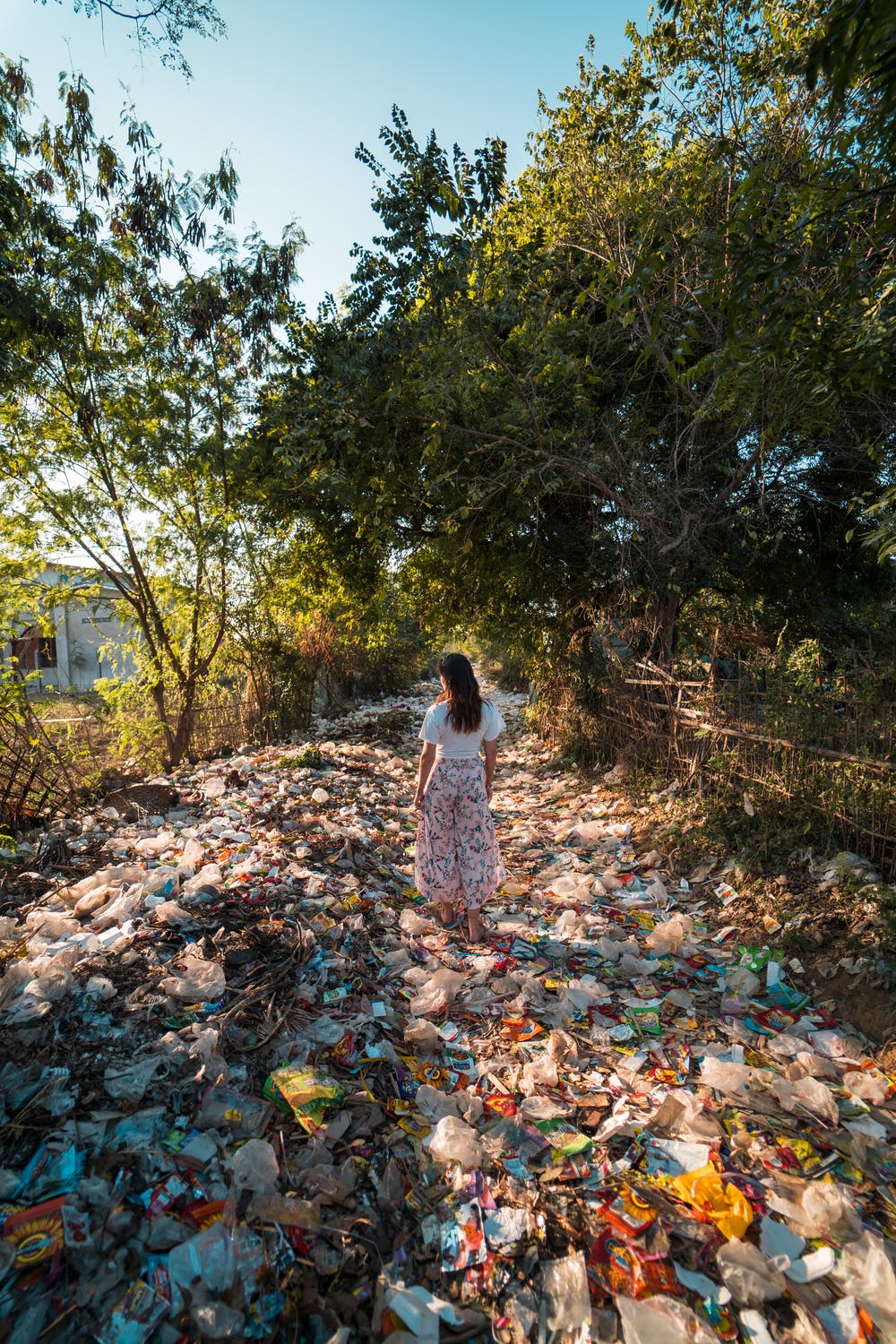
Cop26 climate summit – What’s gone on?

COP26, the 26th Annual Conference of Parties, has been wrapped up for the year. Having started on the 1st of the month, over 190 world leaders gathered in Glasgow to discuss the current climate emergency and how we will seek to tackle it.
The COP climate summit dates back to 1995, and this year’s is, for many, the most crucial one yet. Not only is the climate emergency nearing its boiling point, with the effects becoming more evident each day throughout the world as natural disasters continue to ensue, but the last couple of COP summits have lead up to this year’s to really lay down the benchmark for the fight against global warming.
6 years ago, at COP21, held in Paris, a seminal pledge was made in the form of the Paris agreement. Part of the agreement was that every 5 years, all countries involved would update their commitments to tackling the climate crisis, with the hope that actions would grow increasingly ambitious upon each update.
Last year’s COP summit was cancelled on account of the pandemic, meaning COP26 is the first checkpoint in this five year cycle, and the whole world had their ears pricked to see what pledges would be made and how these would bode for the future of our planet.
And so, how did it go? Well, receptions vary. For many, COP26 overall was a big success, and a firm-footed step in the right direction, with momentous pledges being made and the buzz of a newly energised fight against the climate crisis felt in the air.
However, for many others, there are still big disappointments and points of contention over whether or not enough is being done, and how balanced the responsibilities are amongst the countries involved.
We’re here to sum up exactly what happened, how COP26 affects you, and how you might affect COP summits to come.
Monitoring the climate crisis
The primary promise made in the aforementioned Paris agreement from COP21 was a vow for all countries to implement changes so that the increase in global warming stays “well below” 2°C, with a goal to remain under 1.5°C.
Sadly, 6 years later, we are losing our grip on this goal. Following the commitments made over the last two weeks, we are still headed towards a rise of 2.4°C this century, with the absolute best-case scenario still resulting in a rise of 1.8°C
Whilst these statistics are an improvement from previous years’, it is still glaringly evident that further action must take place. Most scientists concur that the planet’s climate will become dangerously unstable from beyond the 1.5°C mark, with many smaller island countries, much of whom are currently combatting violent weather as a result of the climate as it is, saying that they shouldn’t even be thinking about a 1.8°C rise, it’s got to be below 1.5°C, any compromise would be catastrophic.
However, there is still hope, as the rate at which these necessary changes could occur is set to increase. It has been agreed that, by the end of 2022, all countries will update their climate pledges, and these updates will continue to happen more frequently. Hopefully, with this accelerated version of the Paris agreement’s 5-year cycle, positive changes will be more frequently ushered in to get us closer to that below 1.5°C mark.
“Phasing down” coal:
One of the biggest talking points came in the final hours of the two-week summit, where last minute changes left many feeling dissatisfied and betrayed. Coal is the single largest contributor to global warming, and is the first target on COPs industrial hitlist, with aims to shift fossil fuel-reliant infrastructures towards more sustainable energy. Throughout the summit, talks to “phase out” the use of coal by ceasing government funding for these industries by 2022 seemed to be reaching a promising conclusion.
But, in Cop26’s ending hours, India insisted that the words “phase down” be used instead. This change was also supported by China, the number one contributor to CO2 emissions in the world, with India being the 3rd largest. Another alteration in wording made it so that these measures will only effect “unabated” coal power, which is the use of coal in places that do not have the technology to mitigate the effects of their CO2 emissions. This means coal can still be used as long as it is being effectively captured and stored.
Some say this change of language should not raise too many alarm bells, the trajectory of the coal industry has been decided regardless, with Boris Johnson coining the conferences decision as the “death knell” for the coal industry. But, understandably, other countries feel that the use of this watered down phrase is unfair in light of promises and sacrifices they have made themselves, and doesn’t instil much confidence in the tenacity of these countries’ commitments.
Nevertheless, this is a decisive step in a positive direction overall. The end is very much in sight for the single worst culprit of global warming, and it is only a matter of time before those less enthusiastic about its collapse will have to turn their attention to more sustainable alternatives.
Cuts towards a better future:
At the moment, methane makes up a third of man-made global warming. Although CO2 is doing the most damage to our planet overall, methane molecules individually do more damage than CO2 particles do. Therefore, a plan has been devised and brought forward by the US to tackle methane emissions, cutting down on this dangerous pollutant whilst buying time for the more convoluted issue of CO2 emissions to be tackled.
This plan would target oil and gas facilities, imposing stricter regulations to ensure the better management of methane leakage, and would ultimately cut 30% of methane emissions by 2030. The movement has been backed by over 100 countries, and although some of the worst culprits of global warming like China, India and Russia are yet to commit, this is still a promising step forward towards the reduction of greenhouse gas emissions.
A promise to put a stop to deforestation by 2030 has also been made, again by over 100 countries - which make up 85% of the world’s forests. It was the first major agreement to be made at the summit, with Brazil, where the Amazon rainforest is being destroyed at an alarming rate, being a noteworthy participant.
Although sceptics point-out that similar pledges were made back in 2014, which saw little to no results, this failure has been acknowledged and there appears to be a resounding dedication to learn from previous mistakes and get things right this time around. This new commitment sees nearly £14 billion of public and private funding being put towards saving and planting trees, as well as supporting the restoration of damaged forestland and indigenous communities.
Funding sustainability:
Speaking of money, as expected, there was a whole lot of money talk that took place over the last two weeks, with much of it being committed to the support of “clean” energy. To be exact, 40% of the world’s financial assets will be funnelled into globally reshaping the energy industry. A gargantuan sum of over £96 trillion is being dedicated to this cause, shifting funding away from harmful energy like coal, oil and gas, and into renewable energy.
The hope is that, by re-channelling cheap and easy bank financing from harmful energy sources to renewable energy sources, those energy sources will become more economic in the long run, and thereby incentivise the industry to completely restructure itself around energy which is better for the environment.
Although the exact prices and punishments of continuing to invest money into fossil fuel industries is yet to be laid out in plain writing, the pledge to do so will already have a huge impact on the economic sector, making this is one of the most impactful decisions made at this year’s summit, and a crucial checkpoint in the roadmap to global carbon neutrality by 2050. That is, as long as it is properly regulated and executed.
How will COP26 affect me, and how can I affect COP27?:
All in all, COP26 can be regarded as a success. Pivotal steps towards solving the climate crisis have been taken, with the pledges made this month standing as a solid wedge in the door towards a more sustainable future. By most accounts, those in attendance were inspired by the air of determination in the room throughout the summit, and the attitude towards the future of combatting global warming is very encouraging.
However, further action is still irrefutably necessary to avoid the calamitous consequences that even a 1.8°C rise in global warming would reportedly have, and that is given that these current promises are wholly and consistently fulfilled. With this wedge now in the door, It’s imperative that we take this opportunity to pry that door as wide open as we can.
The magnitude of an event like COP26 and the globally influential decisions that are made there can make it hard to fathom that our personal decisions still exist in the mix of it all, but with the cogs of positive change beginning to turn faster, it is the responsibility of all of us to supplement a well-oiled machine.
Collectively, our daily habits control the market. No matter how much regulation and manipulation takes place by those in power, it is ultimately our decisions as consumers which will decide whether these big changes have any effect. So, where masses of money is being funnelled into clean energy, combatting deforestation and reducing global warming, we must ensure what money we spend is doing the same. We cannot expect legislation to fix harmful industries if we as consumers continue to buy into them.
Cut down your plastic usage, which is where oil companies will look to take their carbon intensive practices when fossil fuel energy is inevitably phased out. Reduce your meat consumption, in turn minimising your involvement with deforestations biggest contributor. Walk, cycle or take public transport when possible, to reduce your carbon footprint. Make conscious choices where you can.
And, with the pledges made at this year’s summit, these options should become more accessible, thereby proving more viable and subsequently more likely to receive stronger backing at future COPs. It is a cycle which we must not underestimate our part in.
By making more conscious shopping decisions, and aiming for sustainability in other aspects of our life, as well as encouraging others to do the same, we can play our part in inspiring a beautiful future.
To begin conscious shopping, visit our store and see how simple and fulfilling sustainable change can be.
















